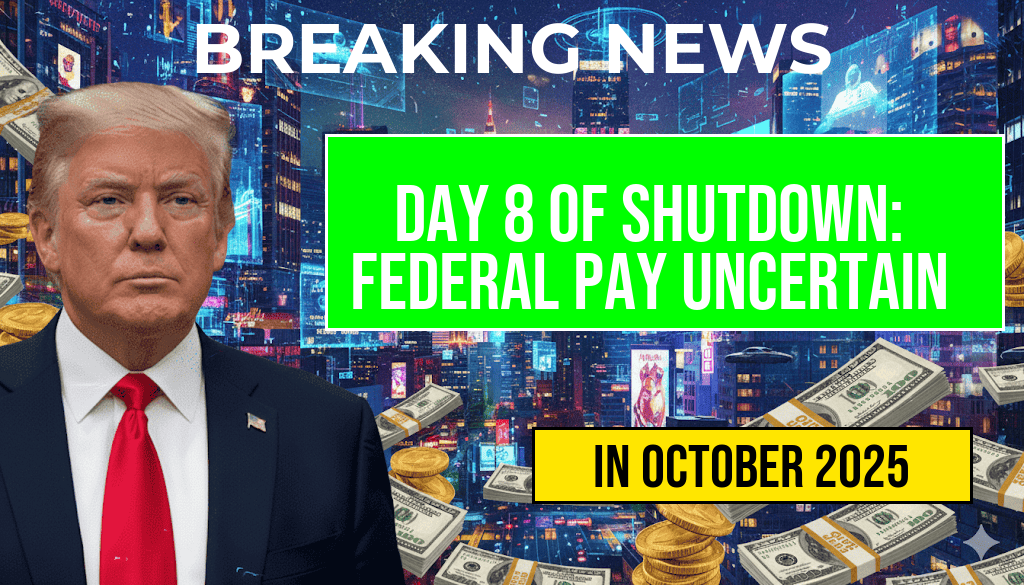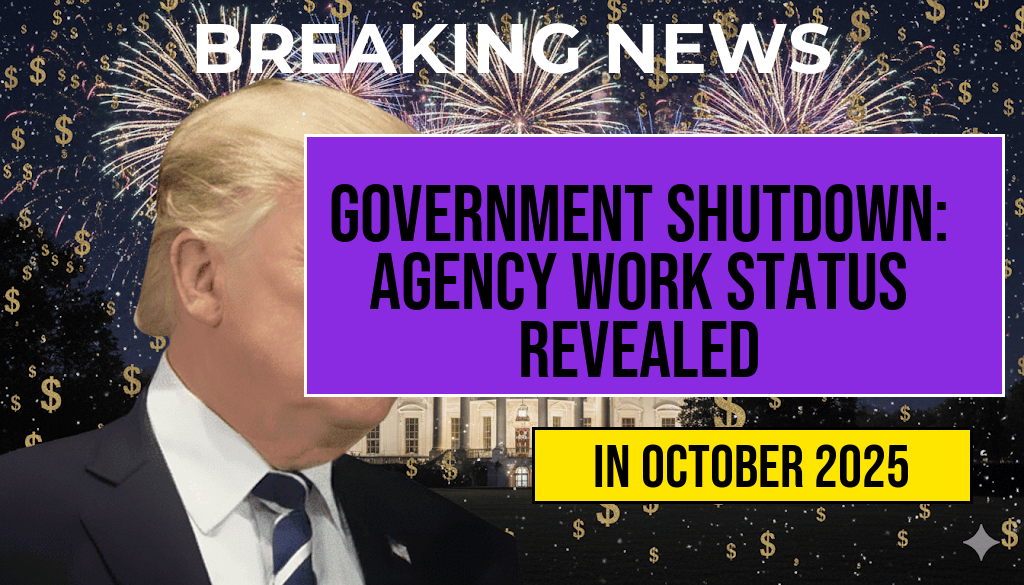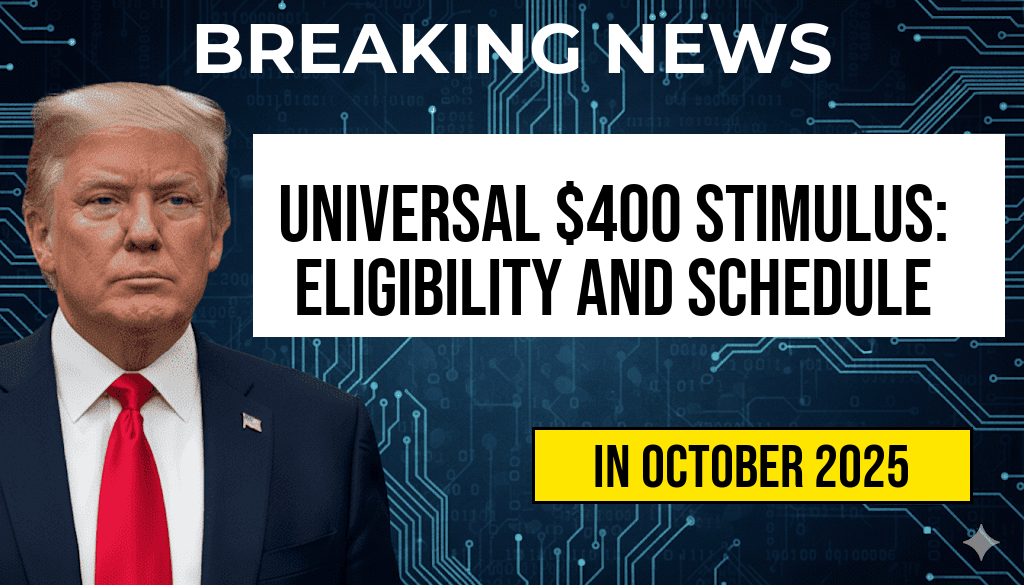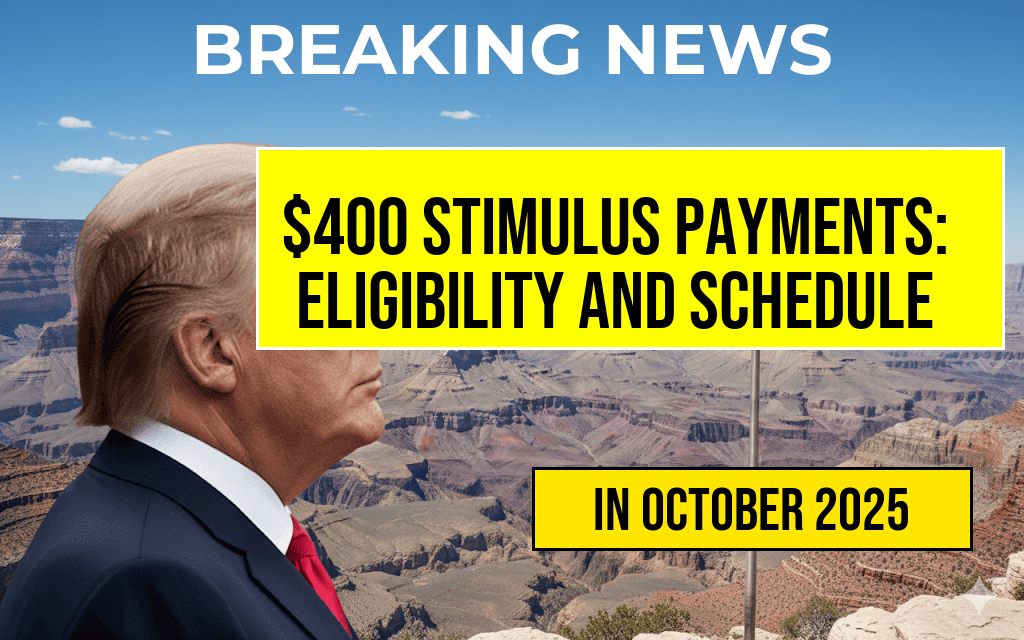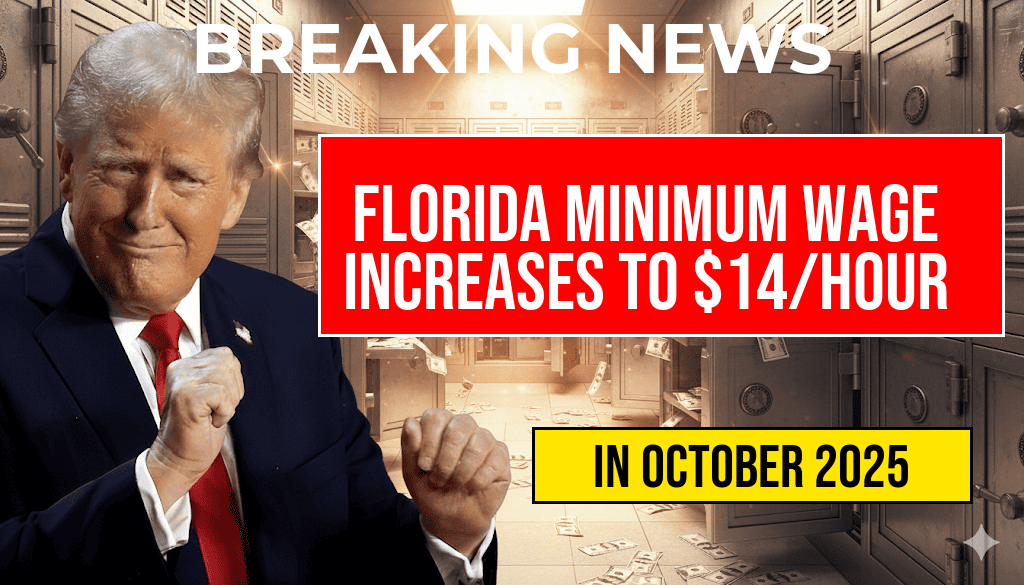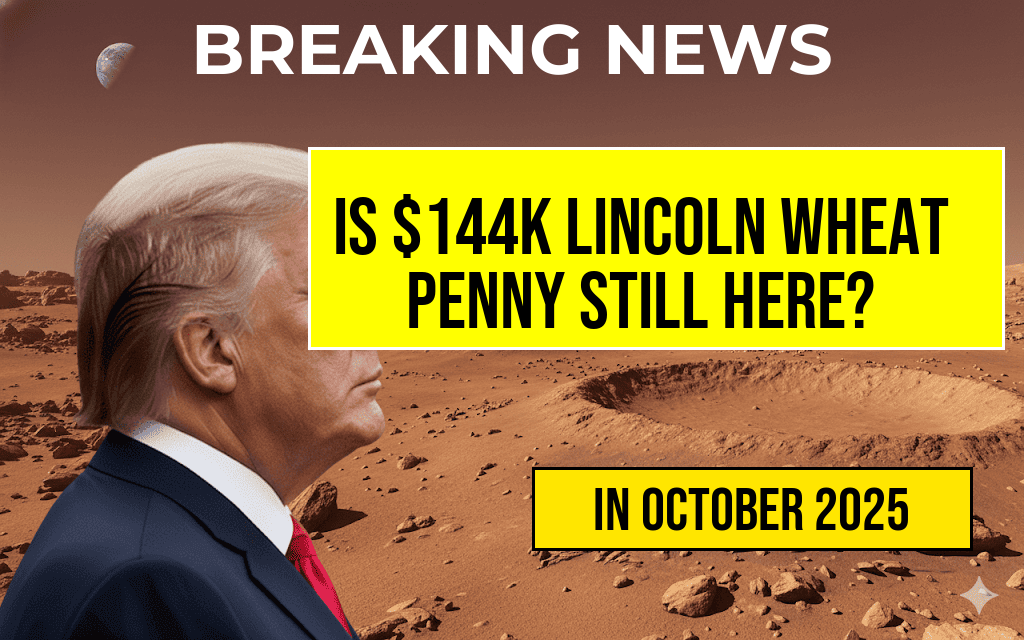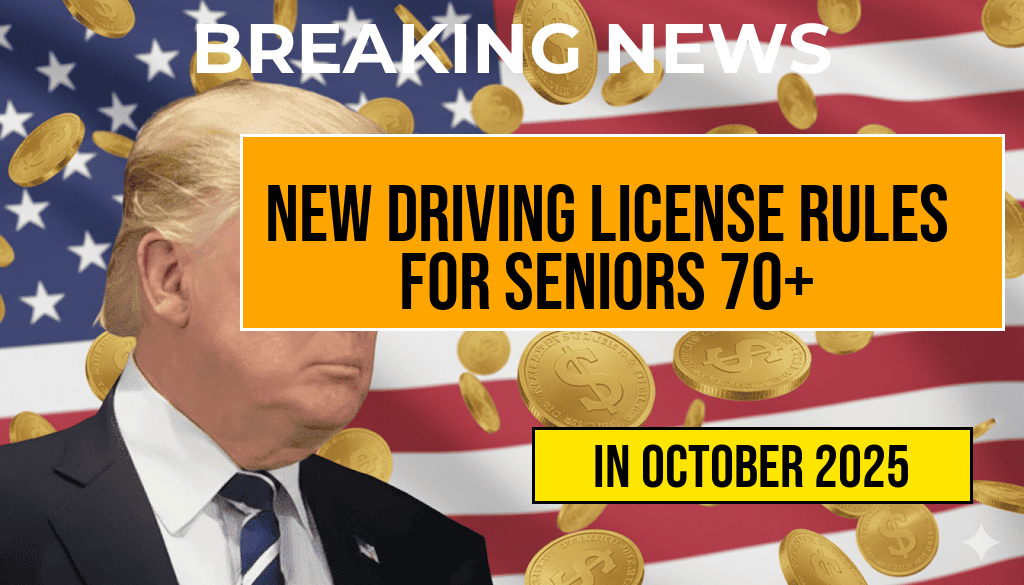The recent announcement regarding a universal $400 stimulus payment has garnered significant attention across the United States. Designed to alleviate financial pressure for many households, this payment is intended for eligible individuals who meet specific criteria. The disbursement aims to support citizens facing economic challenges, especially in light of the ongoing effects of inflation and rising living costs. As many Americans seek clarity, understanding the eligibility criteria and the detailed payment schedule is crucial. This article outlines the key aspects of the stimulus program, including who qualifies and when recipients can expect to receive their payments.
Eligibility Criteria for the $400 Stimulus Payment
To qualify for the universal $400 stimulus payment, applicants must meet certain conditions set forth by the government. The criteria are designed to ensure that the assistance reaches those most in need. Below are the primary eligibility requirements:
- Age Requirement: Applicants must be at least 18 years old.
- Income Threshold: Individuals with an annual income of less than $75,000 or couples earning under $150,000 are eligible for the full amount.
- Residency: Applicants must be legal residents of the United States and provide proof of residency.
- Tax Filing Status: Individuals must have filed their federal tax return for the most recent tax year to confirm eligibility.
Complete Payment Schedule
The rollout of the stimulus payment is structured to ensure a smooth distribution process. Here is a detailed payment schedule for eligible recipients:
| Payment Phase | Payment Date | Eligible Group |
|---|---|---|
| Phase 1 | March 15, 2024 | Individuals earning up to $75,000 |
| Phase 2 | April 15, 2024 | Couples earning up to $150,000 |
| Phase 3 | May 15, 2024 | Individuals earning between $75,001 and $100,000 |
| Phase 4 | June 15, 2024 | Couples earning between $150,001 and $200,000 |
How to Apply for the Stimulus Payment
Eligible individuals will need to apply for the stimulus payment through the official government website. The application process is designed to be user-friendly and straightforward. Here are the steps to follow:
- Visit the official application portal.
- Fill out the required personal and financial information.
- Submit proof of residency and income, such as W-2 forms or tax returns.
- Check your application status after submission to ensure it has been processed.
Frequently Asked Questions
Here are some common questions regarding the $400 stimulus payment:
- Will this payment impact my taxes? No, the stimulus payment is not considered taxable income.
- What if I missed the application deadline? Late applications may be considered on a case-by-case basis, but it is advised to apply as soon as possible.
- How will I receive my payment? Payments will be made via direct deposit or check, depending on the preference indicated in the application.
For more detailed information about the $400 stimulus payment, including updates and potential changes, visit IRS.gov or check resources from Forbes.
As millions of Americans navigate financial uncertainties, the universal $400 stimulus payment represents a significant step towards economic relief, helping to stabilize households affected by recent economic fluctuations.
Frequently Asked Questions
What are the eligibility criteria for the Universal $400 Stimulus Payment?
To qualify for the Universal $400 Stimulus Payment, individuals must meet specific income thresholds, residency requirements, and be at least 18 years old. Additional details can vary by state, so it’s important to check local guidelines.
When will the stimulus payments be distributed?
The distribution schedule for the Universal $400 Stimulus Payment is outlined in the complete payment schedule, which indicates that payments will begin on a specified date and continue over a set period, ensuring all eligible recipients receive their funds promptly.
How will I receive my stimulus payment?
Eligible recipients can expect to receive their Universal $400 Stimulus Payment via direct deposit, checks, or prepaid debit cards, depending on their payment method preference indicated during the application process.
Do I need to apply for the Universal $400 Stimulus Payment?
In most cases, individuals do not need to apply separately for the Universal $400 Stimulus Payment if they meet the eligibility criteria, as payments will be automatically issued based on existing tax records or state databases.
What should I do if I don’t receive my stimulus payment?
If you do not receive your Universal $400 Stimulus Payment by the expected date, you should contact your local government office or the agency responsible for administering the payments to inquire about your status and resolve any issues.


